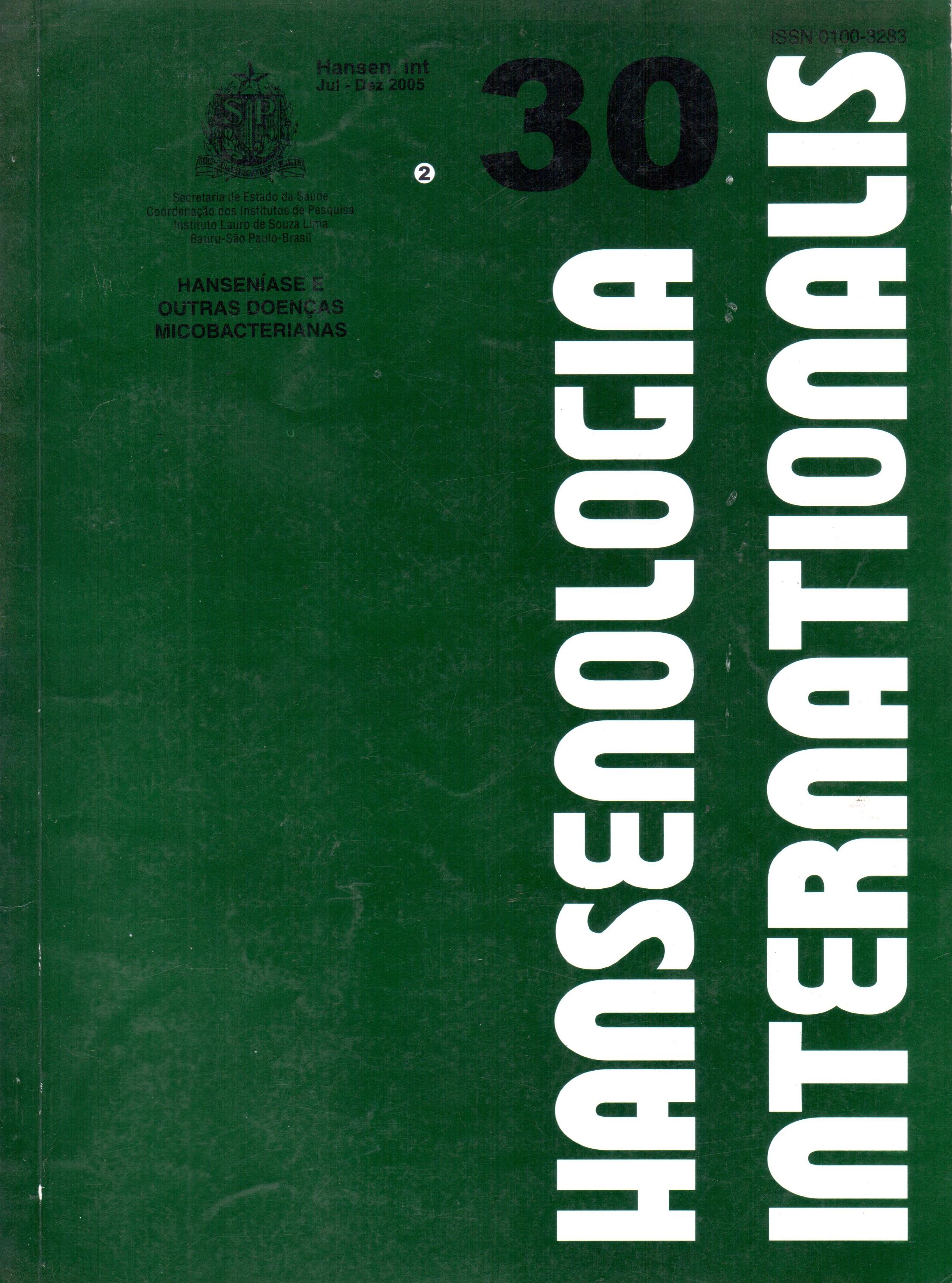Abstract
The armadillo has been an important experimental model for leprosy, besides it is still an important resource for bacilli. Despite the innumerous studies about armadillos of the Genus Dasypus, little is known about the real susceptibility of this species to the Hansen’s bacillus after experimental infection with M. leprae. Many authors have reported that 80% of the inoculated animalwill develop the disease. In Brazil, positive inoculation of this species was obtained only twice, being raised the hypothesis that these animals are more resistant to experimental infection. In the present study the response to the Mitsuda antigen was used as an indicative of cellular immune response to M. leprae in armadillos. Twenty one animals were tested with two Mitsuda antigen preparations, human derived (4,2 x 109 bacilli/ml) and armadillo derived (1,6 x 108 bacilli/ml) antigens. Response after 28 days of intradermal testing showed that most of the animals presented an infiltrate composed by grouped macrophages with vacuolated cytoplasm and rare lymphocytes. This response resembles lepromatous leprosy in humans and suggests that these animals
would be susceptible to development of disseminated leprosy when successfully inoculated. Bacilloscopy in these animals varied from 3+ to 4+ according to Ridley’s scale (1966). Two animals developed a granulomatous reaction with borderline pattern and bacilloscopy varying from 1+ to 3+.

This work is licensed under a Creative Commons Attribution 4.0 International License.
